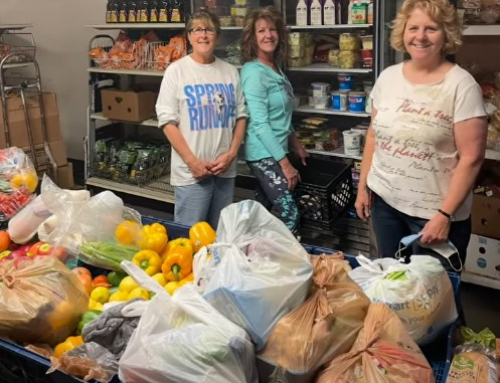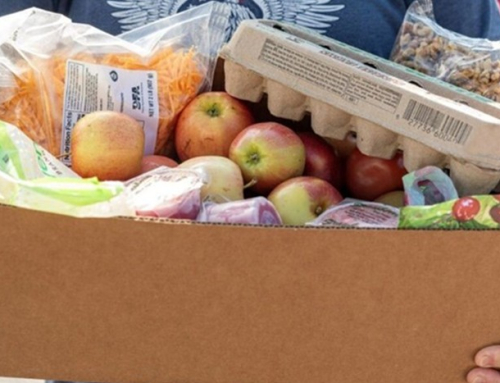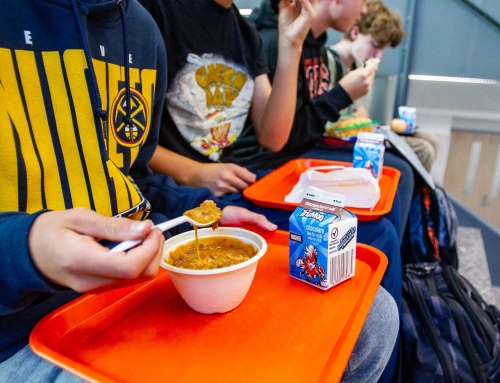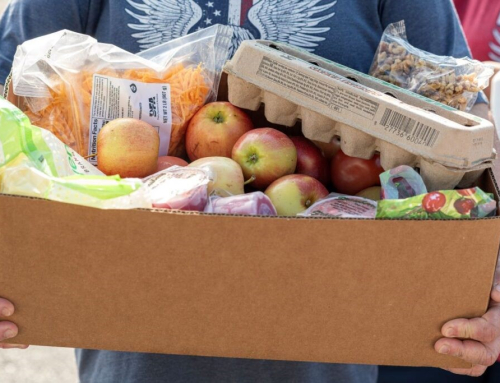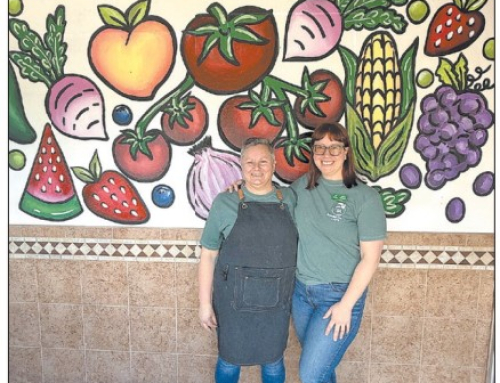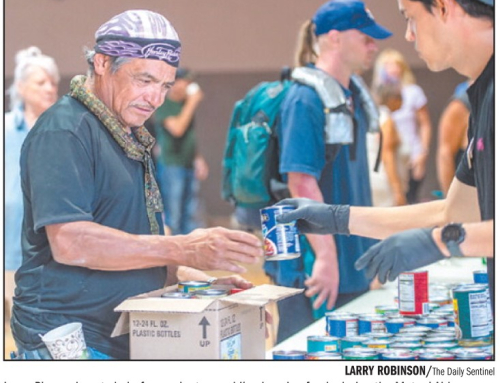Western Slope food insecurity grew 17% since 2019. With grocery prices and the economy dominating conversations over the past few years, it may not be a surprise that food insecurity has increased by 17% across the Western Slope between 2019 and 2023 (the most recent year with available data).
However, Feeding America’s annual “Map the Meal Gap” report reveals interesting insights, especially as the country’s economy teeters and funding for food banks is reduced or endangered.
“Food security is always a symptom of economic stability and the health of a community,” said Grand Junction Community Food Bank Executive Director Alisha Wenger. “I always say it is the canary in the coal mine.”
According to the report, approximately 13.7% of Mesa County residents (21,480 people) are food insecure, which is better than the nationwide estimate of 14.3% but notably higher than Colorado’s 12.7% assessment. Despite boasting its own food distribution center and several food banks, over 1,000 more Mesa County residents are struggling with food insecurity than in the year prior.
Director Sue Ellen Rodwick.“ It’s a bit humbling, knowing that where our distribution center is located, which is the most population-dense part of the region that we serve, is actually one of the areas where we need the most food,” she added.
The report also estimated that about 35% of food-insecure residents make too much to qualify for the Supplemental Nutrition Assistance Program (SNAP), meaning they must rely on the increasingly strained food banks and more restrictive resources to avoid going hungry.
The chunk of people with food insecurity who earn too much for SNAP can likely be attributed to the defined federal poverty line lagging behind inflation across the economy, from groceries to housing.
See the full article in the May 29, 2025 edition of the Grand Junction Daily Sentinel, by Jace DiCola, Jace.DiCola@gjsentinel.com


